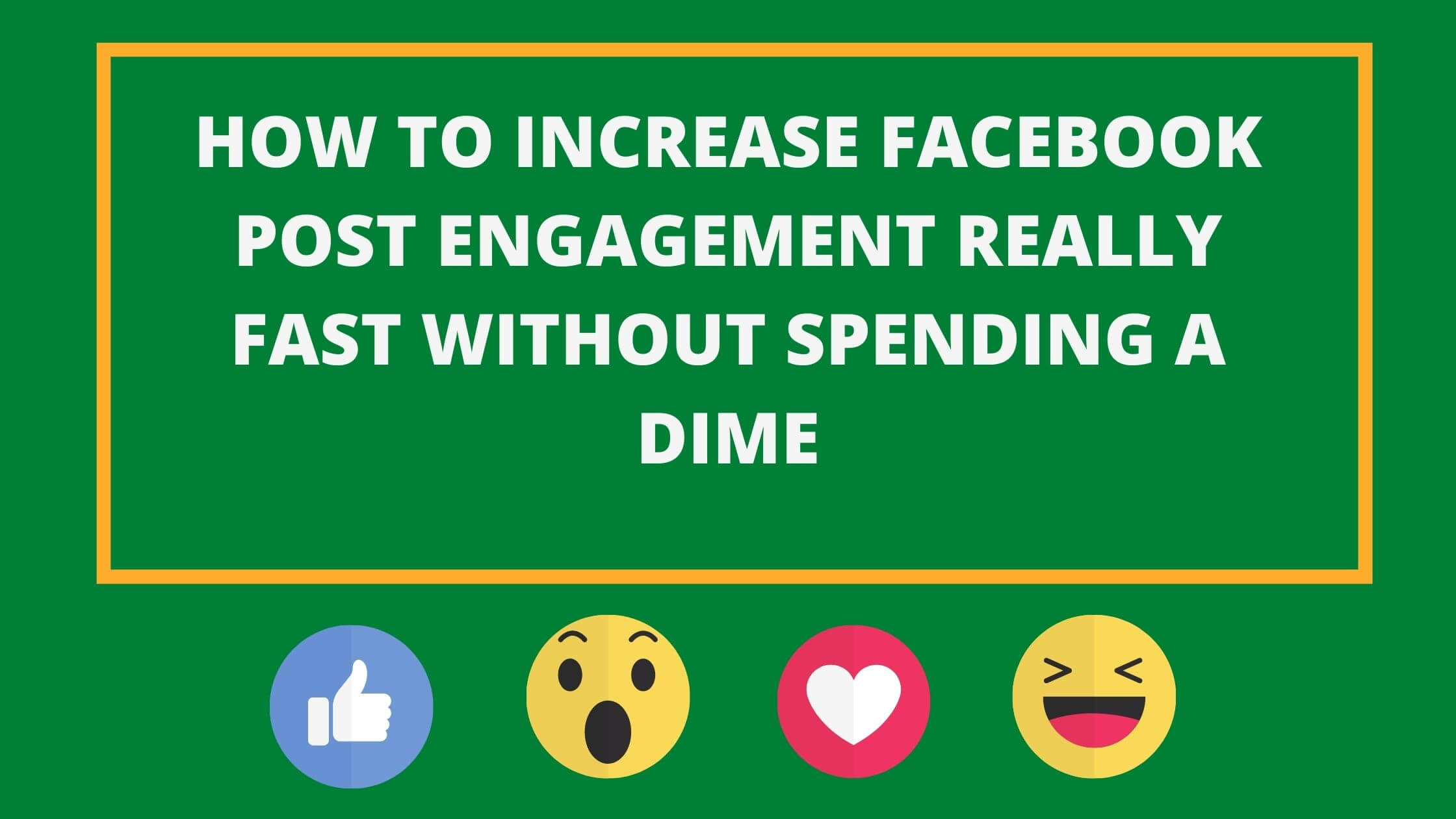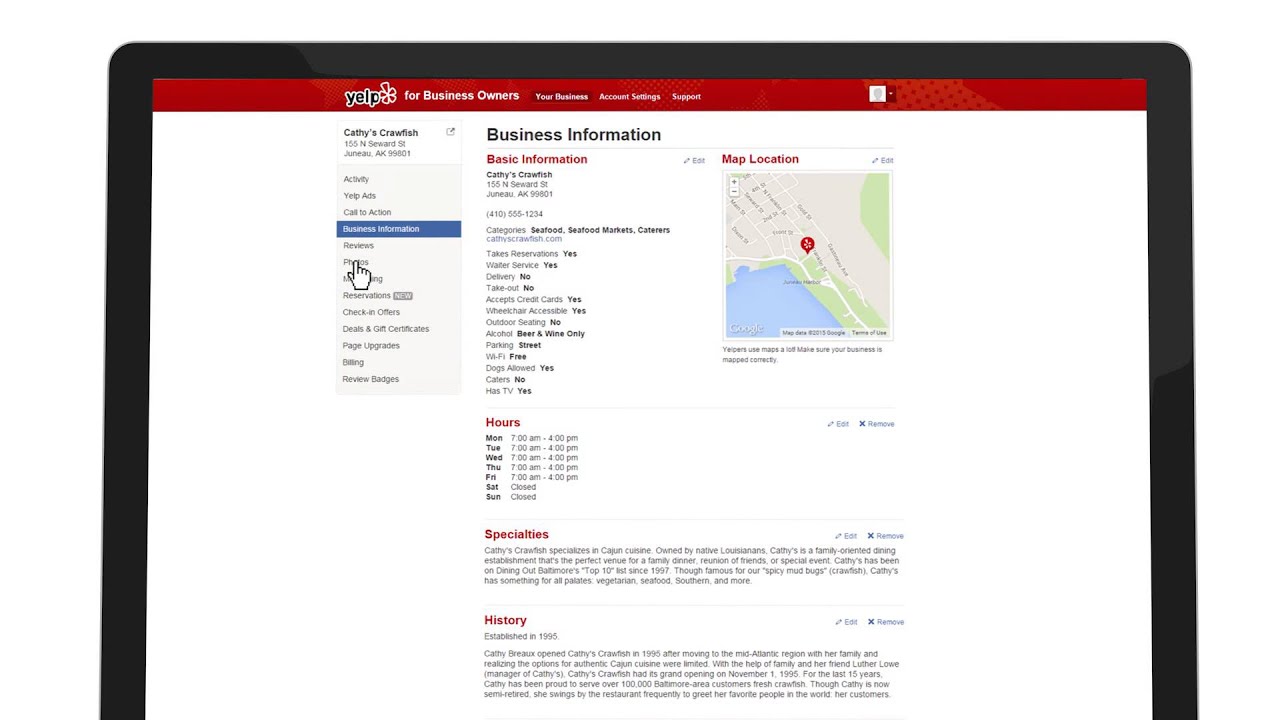
Google Ad Manager allows you to manage your ads. You can create custom reports or use pre-made templates. It allows you to create custom reports and templates, as well as manage accounts and assign access. You can use this tool to create and manage ads units. These are spaces on your website that can display advertisements. You can define the size and format of ad units. This tool generates a code snippet which you can use for placing them on your website.
Google Ad Manager's UI
Google Ad Manager offers a simple, intuitive user interface (UI). You can see all elements of your ad campaigns from one screen thanks to the clean and clear layout. Additional information can be viewed to enhance your ad campaigns.
Google Ad Manager now has a redesigned and updated UI. Although the new interface may be confusing at first, some of the old features are still available. You can still link AdSense accounts and Ad Exchange accounts. If you want to use third-party ad networks, you will need authorization as a Service User.

Features
Google Ad Manager allows you to easily create and manage your ads. Its features include custom reporting, video solutions, audience solutions, and direct support from Google. It allows you to create and manage access points, as well as assign access points. The process of running ad campaigns is described in detail in the software, which allows you to customize and monitor the results of your campaign. This tool allows you to see how many people are clicking on your ads as well as how many times they've clicked on your ad.
Another useful feature of Google Ad Manager is its team feature, which enables you to manage users on your account. Multi-advertising agencies or companies can benefit from the use of teams. Large companies should hire an expert in-house to manage all ad accounts.
Reporting tools
The reporting tools in Google Ad Manager offer you a wide variety of options for analyzing your campaigns. You can create reports for week, month, quarter or any other time period. You can also filter results by dimension. You can schedule reports and share them to others using the system. Reports can be exported to Excel and CSV.
Apart from standard reports, Ad Manager API can be used to create ad hoc data reports. These reports come with tooltips which explain each column or dimension.

Google Ad Manager 360: Cost
Google Ad Manager 360 enables publishers to manage inventory as well as create ad campaign campaigns. They can also pull reports on bids and manage bids. Publishers can use the tool for free, however publishers will need additional impressions to make it work. To see if a publisher qualifies for a discount, contact your Google sales representative.
It has many advantages, including its integration with Google Analytics and granularity. Ad Manager 360 is compatible with Google Analytics to allow dynamic reporting. However, this integration requires the use of both products and requires that the user have the 360 version of both.
FAQ
Social media is a great way to advertise your business.
Social Media Marketing (SMM), allows you reach customers wherever they are on social media networks like Facebook, Twitter and LinkedIn. You can also target specific groups within these networks using keywords.
This advertising method is cost-effective because it costs less to market online than traditional methods. It allows you build strong relationships between your potential and existing clients.
It's very easy to start using social networks to promote your business. All you need to get started with social media is a smartphone or a computer, and an internet connection.
What is branding?
Your brand is your way of communicating who you are as well as what you stand behind. It is how people will remember your name when they hear it.
Branding is about creating a unique identity that distinguishes your company. Branding is more than a logo. It encompasses everything, from the physical appearance of your company to the voice and tone used by your employees.
Because customers know exactly what they are getting, strong brands help them feel confident in purchasing from you. It gives customers confidence when choosing your products over the ones of other competitors.
Apple is a good example of a company that has a strong brand. Apple is a well-known brand for its elegant design, high quality products and excellent customer service.
Apple's brand has become synonymous with technology. People think of Apple whenever they see a computer or smartphone.
It is a good idea to create a brand prior to starting a new company. This will give your company a face and personality.
Advertising: What does it mean?
Advertising is an art form. It's not just about selling products. It's about building emotional connections between brands and people.
Advertising is about storytelling and using images to communicate ideas.
Communication must be clear and persuasive. It is important to share a story that appeals to your target audience.
Advertising is thus different from other forms, such public speaking, writing, and presentations.
You are building a brand identity when you run a successful advertising campaign.
And this is how you become memorable. You will be remembered by others.
What is advertising's primary purpose?
Advertising is more about connecting with customers than just selling products.
Advertising is about communicating ideas and values to people who are already interested in what you have to offer. Advertising is about changing minds and attitudes. It's all about building relationships.
It is all about making people feel good.
However, if your customers don't want what you have to offer, you won't be able to sell anything.
It is essential to first understand the needs and purchasing habits of your customer before you embark on any advertising project.
This allows you to design ads that resonate well with them.
What are the basics of radio advertising?
Understanding how different media interact with each other is crucial. The most important thing to remember is that all forms of media are complementary rather than competitive.
Radio advertising is best when used in conjunction with television. Radio can complement TV advertising by reinforcing key messages, and providing additional information.
Radio listeners may find TV commercials too long. Radio ads are generally shorter and less expensive.
How much does it cost to advertise on social media?
You should be aware that social media advertising costs money. Based on the time spent on each platform, you will be charged monthly.
Facebook - $0.10 per 1,000 impressions
Twitter - $0.20 for 1,000 impressions (if tweeting)
If you send out invitations to Linkedin, $0.30 per 1,000 impressions
Instagram - $0.50 per 1,000 impressions.
Snapchat - $0.60 per 1,000 impressions ($0.40 per user)
YouTube - $0.25 per 1,000 views
Tumblr - $0.15 per 1,000 impressions for text posts.
Pinterest - $0.05 per 1,000 impressions per month
Google+ - $0.15 to $0.0.20 per 1,000,000 impressions
Tumblr $0.15- $0.20 for 100,000 impressions
Vimeo - $0.20- $0.25 per 10,000 impressions
Soundcloud - $0.20 - $0.0.25 for 1,000,000 plays
StumbleUpon - $0.20 -$0.25 per 1 billion pageviews
Digg: $0.20 – $0.25 per 1,000 diggs
Reddit $0.20-$0.25/1000 comments
Wordpress - $0.20 - $0.25 for 500 comments
Flickr - $0.20 -- $0.25 per 5,000 photo uploads
How can I choose my target audience
Begin with you and your closest friends. You might be unsure where to begin. Ask yourself: "Whom am I trying to reach?"
Ask yourself the following questions: Who are my industry's most influential people? What are their biggest challenges? Which are the smartest people working in my field? They hang out online.
Rewind to the beginning, when your business was founded. What motivated you to start your business? What problem were you able to solve and how did this happen?
These answers will help you identify who your ideal clients are. This will allow you to learn more about your ideal customers and their motivations for buying from you.
You can also look at your competitors' websites and social media pages to find clues about whom they cater to.
Once you identify your target customers, then you must decide which channels to use to reach these people. A website might be created to reach home buyers, for instance, if your business provides services to agents in real estate.
A blog could be created if your software is offered to small businesses.
If you sell clothing, you can create a Facebook fan page for teens. A Twitter account could be set up by restaurant owners to allow parents to search for places that are kid-friendly.
This is the point: There are many ways to communicate your message.
Statistics
- Nonetheless, advertising spending as a share of GDP was slightly lower – about 2.4 percent. (en.wikipedia.org)
- Advertising spending as a share of GDP was about 2.9 percent. (en.wikipedia.org)
- In 1919 it was 2.5 percent of gross domestic product (GDP) in the US, and it averaged 2.2 percent of GDP between then and at least 2007, though it may have declined dramatically since the Great Recession. (en.wikipedia.org)
- Google will display whichever ad type (CPM or CPC) is expected to earn more revenue for the publisher, which is in Google's best interest since they take a 32% share of the revenue. (quicksprout.com)
External Links
How To
How to run paid ads
Paid advertising refers to any marketing activity where you pay money for something. Paid advertising can include purchasing ad space on websites or placing ads in magazines or newspapers. You could also pay someone to promote your company online. You can also pay for paid advertising through email marketing, social media, display advertising and search engine optimization (SEO), as well as mobile app promotion and influencer marketing.
Your campaign should be cost-effective and deliver the desired results. You should also consider the return on investment (ROI).
Before you begin a paid advertisement campaign, first determine if there are potential customers for your product/service. If you do not know, you can begin with free advertising by posting flyers in your neighborhood, making announcements to schools or sharing your message on social networks.
Once you understand your target audience you can determine the best way for you to reach them. You might advertise in the local newspaper classifieds if your product is organic. For cosmetics sales, it might be more advantageous to advertise on radio and TV.
After deciding on whom you want to reach, you must figure out how much you're willing to spend. There are many ways to calculate your budget. Another way is to divide your total budget into daily and weekly, monthly, quarter-yearly, quarterly, or annual amounts. You can also use a spreadsheet program.